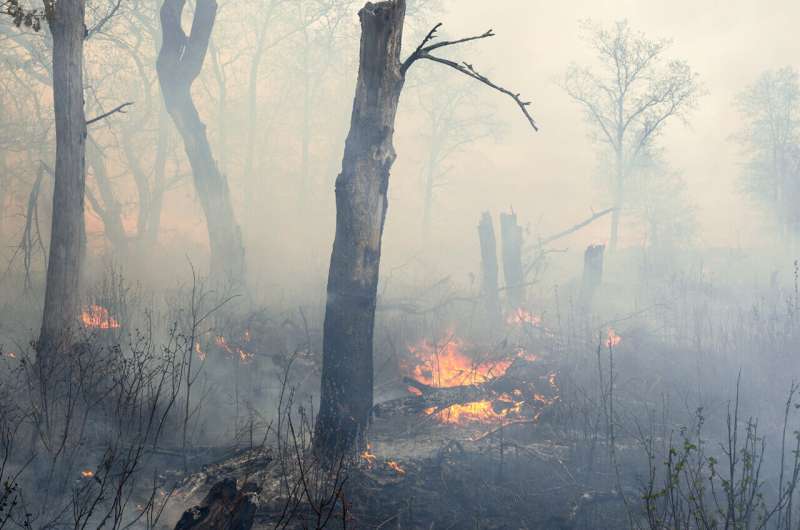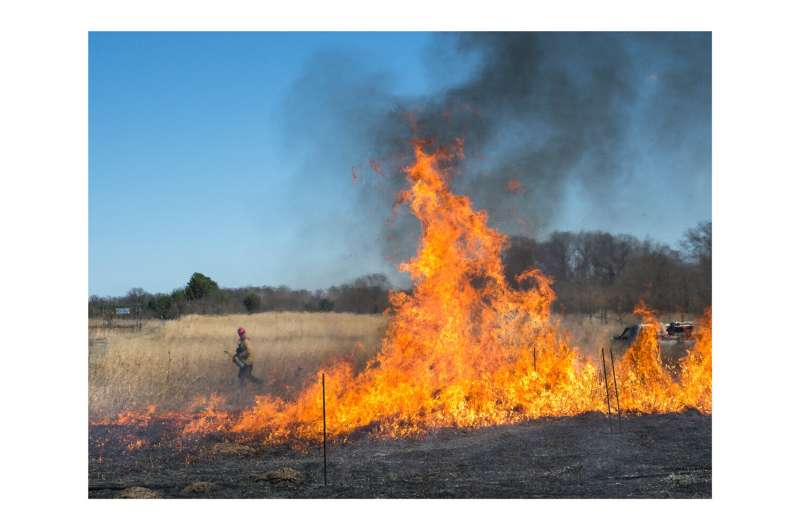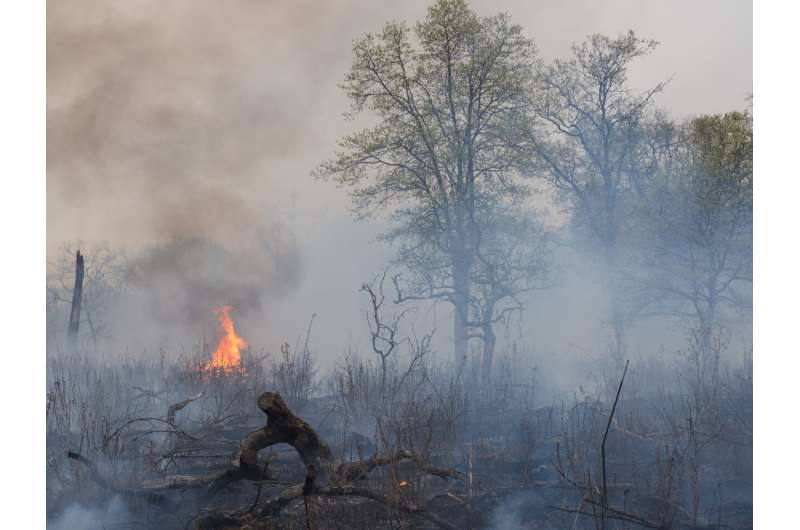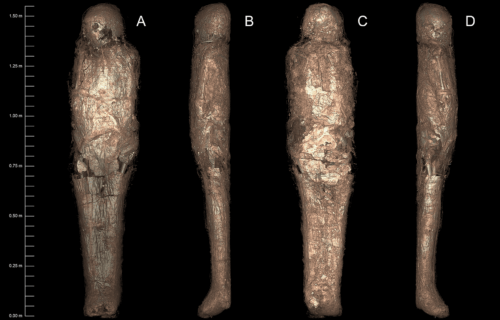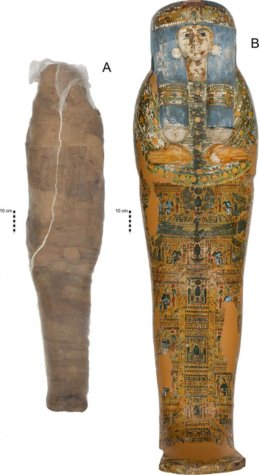New academic algorithm identifies elevated domestic violence levels during lockdown

A new algorithm applied to internet search data, developed by a team of international researchers led by Royal Holloway has suggested that domestic violence incidence may have risen in London by up to 40 percent during the first COVID-19 lockdown in 2020: a figure 7–8 times larger than estimates based on police data.
The new algorithm, detailed in the study "Quantifying domestic violence in times of crisis," can be used to assess domestic violence levels in real time, presenting a potential solution for crime measurements otherwise reliant on historic or outdated data.
The researchers identified 35 keywords frequently searched online by domestic violence victims, including terms relating to: support, refuge, charity, aid, legal protection, law enforcement, as well as information on threatening and abusive relationships. Using daily search intensities for these keywords from Google Trends, the researchers were able to construct a search-based measure of domestic violence incidence by identifying which of the keywords predicted domestic violence crimes reported to the London Metropolitan Police in the five years prior to COVID-19. When then applied to the spring 2020 lockdown period the researchers observed a drastic increase of 40 percent in domestic violence-related online activity. In contrast, police reported domestic violence crimes saw only a modest increase of 6 percent, suggesting that victims were less likely to report to the police during the lockdown.
The research suggests that the London Metropolitan Police might have recorded an additional 4,700 domestic violence crimes over the lockdown period (on top of the 21,500 they did record), had the rate of reporting to the police during the period measured continued at the pre-pandemic level.
From the outset of the pandemic, there were significant concerns about the potential impact of lockdowns on the incidence of domestic violence. Whilst under normal conditions, police reports provide reliable information about the variation in domestic violence incidence, in the context of the pandemic there were also concerns that the lockdowns reduced victims' willingness or opportunities to report abuse.
Professor Dan Anderberg, head of the Department of Economics at Royal Holloway, said: "The results from the current study show that concerns, raised at the time, that victims of domestic abuse were less likely to report to the police during the lockdown were well-founded. Going forward the research also provides a tool for monitoring the level of domestic abuse incidence in real time."
The research from Professor Dan Anderberg at Royal Holloway, Professor Helmut Rainer at University of Munich and Dr. Fabian Siuda at Vienna University of Economics and Business was developed during spring 2020 lockdown, with the three economists keen to address the problem of measuring the potential rise in domestic violence during the pandemic.Study reveals underreporting of domestic violence in Black communities during Chicago's stay-at-home order
More information: Quantifying Domestic Violence in Times of Crisis. www.cesifo.org/en/publikatione … iolence-times-crisis



